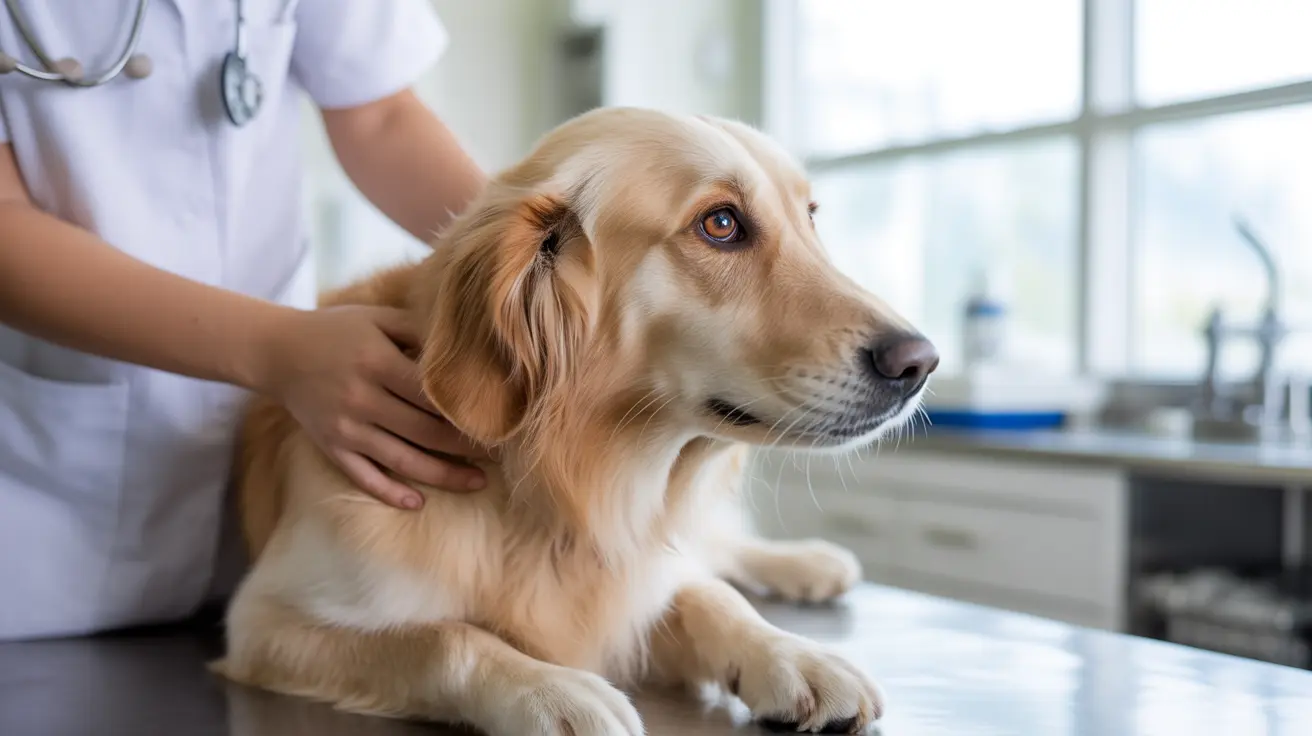Understanding Why Dogs Hump People
Humping (also called mounting) is a behavior that puzzles and sometimes embarrasses dog owners. But if your dog has ever tried to mount your leg or a guest, you're not alone—it's a common canine action, and it doesn't always mean what you think.
What Is Humping in Dogs?
Mounting is when a dog straddles and makes thrusting motions on a person, another dog, or even an object. Both male and female dogs do it, and it can start as early as puppyhood. While many assume humping is strictly sexual, that's just one piece of the puzzle. Dogs may mount the air, pillows, toys, or people, and the reasons vary widely.
Common Reasons Dogs Hump People
- Sexual Behavior: Unneutered dogs are more likely to hump due to sex hormones, especially around other dogs in heat. However, neutered and spayed dogs may still mount due to habit or other motivations. Sexual mounting is usually paired with flirtatious body language, erections, and sometimes ejaculation.
- Play and Excitement: Puppies often start humping during play as young as 3 to 6 weeks old. Adult dogs may mount people when they're excited—like after you come home or during energetic play. It's a way to release pent-up energy.
- Attention-Seeking: Some dogs quickly learn that humping gets a reaction, whether it's laughter or scolding. Any attention can reinforce the behavior, making it more likely to happen again.
- Social Status and Habit: Occasionally, mounting is about social dynamics, but current research suggests dominance is rarely the root cause. Often, humping simply becomes a habit or feels good and comforting to the dog.
- Anxiety and Stress: For some dogs, humping is a coping mechanism—a way to deal with nerves or overstimulation. Think of it like a person nervously tapping their foot. Changes in environment, lack of social skills, or past trauma can contribute.
- Medical Issues: Sometimes, health problems like urinary tract infections, skin allergies, itchiness, or genital discomfort trigger humping. If your dog also licks or bites their genital area, has trouble urinating, or seems distressed, a vet visit is wise.
When Is Humping a Problem?
Most dogs will hump occasionally, and if it's brief and doesn't bother you or others, it's usually nothing to worry about. But it can become problematic if:
- It happens so often you can't redirect your dog
- Your dog injures themselves (like skin irritation or infection)
- It makes people or other animals uncomfortable or sparks fights
If humping is driven by anxiety, is compulsive, or comes with aggression, it's time to address it—possibly with help from a veterinarian or trainer.
How to Discourage Dog Humping
- Don't punish. Scolding can make anxiety worse and may reinforce the behavior by giving attention. Instead, calmly redirect your dog.
- Teach alternate behaviors like "sit," "down," or fetching a toy. Reward these behaviors when your dog chooses them over humping.
- If your dog persists, calmly remove them from the situation. Brief time-outs—removing your attention—can help reduce attention-seeking humping.
- Manage the environment by removing objects your dog likes to mount if the behavior is compulsive. More exercise and socialization can help reduce boredom and overstimulation.
- If you know certain triggers (like visitors or excitement), redirect your dog before they start humping. Puzzle toys or long-lasting chews can keep them busy.
- Consider spaying or neutering if hormones are the main driver. Talk with your vet about what's best for your dog.
- If you suspect medical issues, see a veterinarian—especially if the behavior appears suddenly or is paired with other symptoms.
- If basic training doesn't help and the humping is frequent or compulsive, consult a certified behaviorist or experienced trainer.
Additional Notes About Dog Humping
- Both male and female dogs may hump people—even after being spayed or neutered—if it's become a habit or is reinforced by attention.
- Some dogs pick a person to mount based on their relationship, past reactions, or as a self-soothing method in that person's presence.
- Early socialization and clear boundaries can reduce unwanted mounting.
- Occasional humping of objects (like toys or beds) is normal if it doesn't cause injury or disrupt daily life.
- Persistent, aggressive, or compulsive humping may need professional help.
Summary Table: Triggers for Humping
| Reason | Description/Trigger |
|---|---|
| Sexual/Hormonal | Unneutered animals, dogs in heat |
| Play/Excitement | Play with people/dogs, reunions, overstimulation |
| Attention-Seeking | To elicit a response from people |
| Habit/Comfort | Feels good or is self-soothing |
| Social Status | Occasionally with other dogs, rarely dominance |
| Anxiety/Stress | Coping mechanism for nervous energy |
| Medical Issues | UTI, skin illness, itchiness, etc. |
Practical Steps for Owners
- Identify what triggers your dog's humping.
- Redirect energy to acceptable activities.
- Practice and reward basic obedience.
- If your dog humps you, calmly walk away and ignore until calm.
- If the behavior is persistent or problematic, seek professional advice.





